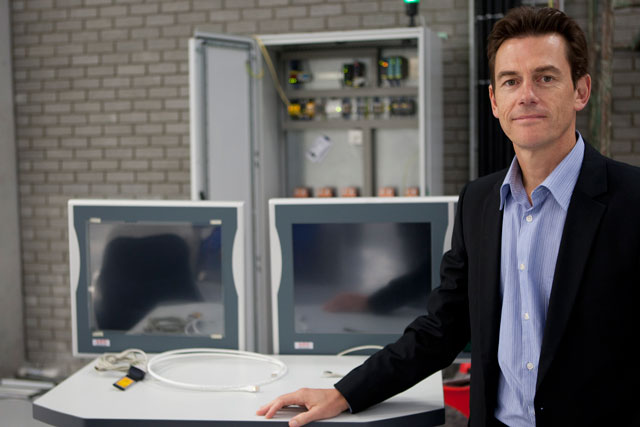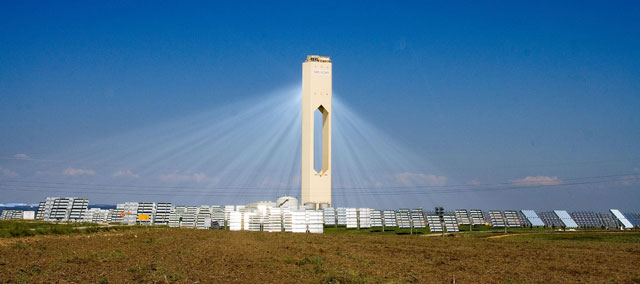
Solar power generation is a great fit for sunny SA. But for a long time it’s been too expensive for individuals, and even most businesses, to consider.
The price of installation and maintenance is falling and equipment is becoming more efficient, but with the storage of surplus electricity prohibitively expensive, and with no way of easing Eskom’s demand burden by supplying excess energy to the grid, questions are being asked about whether enough being done to encourage uptake of the technology.
Government has set lofty renewable energy targets it wants to achieve by 2030. Solar is just one of the ways it hopes to meet these targets. It wants about 8 500MW of SA’s power to come from solar by then, with a similar amount from wind energy. Those considering supplying solar power need to demonstrate an ability to generate between 1MW and 75MW in order to be eligible for tenders, and at costs of between R20m and R30m to meet the minimum requirement, only well-resourced businesses are in the running.
Trevor de Vries, MD for Southern Africa at AEG Power Solutions, a company that wants to provide the hardware to those looking to tender for solar projects, says there are few incentives for smaller businesses or individuals to invest in the technology.
“Eskom launched a demand-side management programme to cater for 20kW to 1MW installations of solar power,” says De Vries. “If you can demonstrate you’ve reduced the amount of power you need from the grid, you’ll be reimbursed R1,20/kWh. But there’s a 10MW cap and thereafter the reimbursement ends.”
This is just one of the problems facing mass uptake of solar — the incentives that exist are limited and temporary. De Vries says a biggest obstacle is the cost of storage combined with the fact that there’s no way to send surplus power back into the grid.
“You can make arrangements with some municipalities from a storage perspective, but there is no legislation in place for reverse metering,” he says. “Government says it’s close to announcing details about reverse metering, but it’s been ‘very close’ to announcing something for a long time now.”
Apart from a lack of subsidies and appropriate legislation, another obstacle to widespread adoption of solar power is the cost of installation and maintenance. But De Vries says this problem may go away in a matter of years. “On a commercial scale we’re hoping to reach parity between solar and Eskom pricing by 2015.”
There are “economies of scale” at play, which mean it will take a little longer for this parity to hold true for individuals, but it’s coming.
Part of the reason for the optimistic breakeven point between solar pricing and the mostly coal-powered grid is that Eskom is expected to increase prices between 20% and 25% a year for the foreseeable future. Although solar power-generation technology is getting cheaper, it’s doing so more slowly than municipal power is becoming more expensive — hardly an ideal scenario.
Solar panels are also expected to become more efficient as the technology matures. De Vries says today’s panels are only 20% efficient, meaning they lose 80% of what could theoretically be harnessed. Nevertheless, the cost of all solar equipment is gradually declining. Batteries remain very costly and are the only feasible storage solution for small solar installations.
Power tower
Alternative storage options continue to fascinate solar energy experts. One of these is “concentrated solar power”.
“It’s also sometimes called a ‘power tower’,” says De Vries. “There are plans to build a 100MW solar plant in Upington — a large tower surrounded with mirrors that focus onto a central point — the arrangement is called a heliostat — where it heats up and drives a turbine.

“The tower has tons of salt inside it. The salt is melted by the heat and retains energy into the night so it can drive steam turbines even in darkness. It’s solar power by day and molten salt by night. It’s like a giant battery without the cost.”
De Vries says AEG Power Solutions has also been getting a lot of requests for information from mines that are interested in building their own solar power plants. “It makes good sense financially, not only to get [mines] off the grid in some instances, but because of capacity constraints. Some mines are only getting 90% of their power requirements from Eskom. Some are looking at 10MW solar power plants or a hybrid solution where a mini grid is created with a mixture of solar and diesel generators.”
Industry is looking to find solutions to Eskom’s woes, or alleviate their effects, and individuals, with the right incentives from government, could do likewise.
“If government allows individuals to put power back into the grid, it would be a enabler for [the solar] industry and ease Eskom’s burden,” says De Vries.
“There’s the potential to generate power back into the grid. Solar energy can flow directly from the source to the consumer and any excess can be sold back to Eskom. This changes the whole dynamics of how we view and use power.” — (c) 2012 NewsCentral Media

